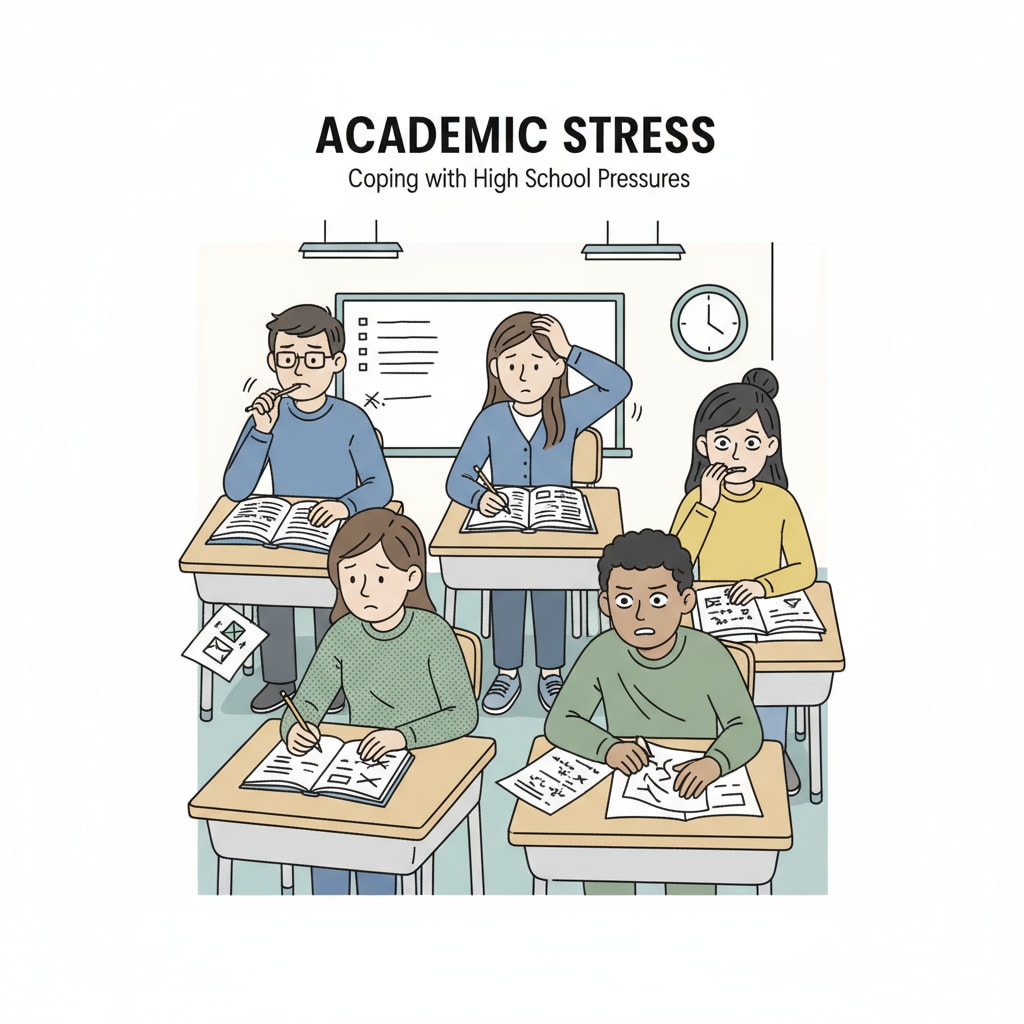Learning difficulties, anxiety, and self-doubt are common struggles that many high school students face during their academic journey. These issues can significantly impact a student’s performance and overall well-being. In this article, we will explore the causes behind these problems and provide effective strategies to overcome them.

The Origins of Learning Anxiety
Anxiety in learning often stems from various factors. Firstly, the pressure to perform well academically can be overwhelming. With high-stakes exams, numerous assignments, and the desire to get into a good college, students may feel a constant sense of stress. For example, a student who is aiming for top grades in all subjects may find themselves constantly worried about not meeting the expectations. Secondly, a lack of effective study skills can contribute to anxiety. Without proper organization and time management, students may struggle to keep up with the workload. As a result, they may start to doubt their abilities. Anxiety and Stress on APA

The Impact of Self-Doubt
Self-doubt can have a detrimental effect on a student’s learning. When students constantly question their capabilities, they may be less motivated to engage in learning activities. They might avoid challenging tasks, fearing failure. This can lead to a vicious cycle, as the lack of practice and exposure to difficult material further weakens their skills. Moreover, self-doubt can also affect a student’s mental health, leading to feelings of inadequacy and low self-esteem. Self-Doubt on Psychology Today
To address these issues, students need to take proactive steps. One of the key strategies is to develop a growth mindset. This means believing that intelligence and abilities can be developed through hard work and learning from mistakes. By adopting this mindset, students are more likely to view challenges as opportunities for growth rather than threats. In addition, seeking support from teachers, parents, or school counselors can be extremely helpful. These individuals can provide guidance, offer study tips, and offer emotional support.
Readability guidance: Use short paragraphs and lists to summarize key points; provide a list under each H2 whenever possible; control the proportion of passive voice and long sentences; sprinkle transition words (however/therefore/in addition/for example/as a result etc.) throughout the text.


